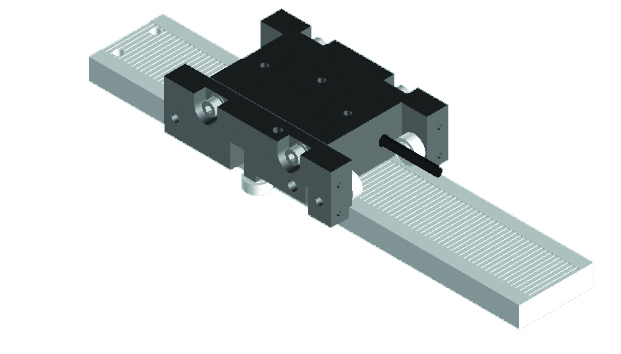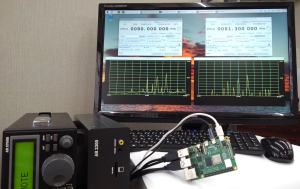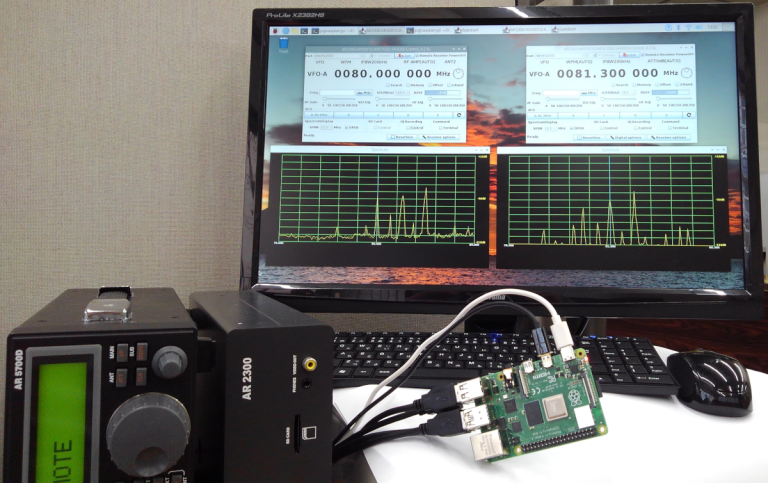Introduction to Stepper linear actuators
In the realm of electromechanical devices, Stepper linear actuators stand out as versatile and precise tools. They play a pivotal role in various industries, from manufacturing to robotics, owing to their unique operation and capabilities. Understanding the fundamentals of stepper linear actuator is essential for anyone delving into the world of automation or seeking to optimize motion control systems.
What is a Stepper linear actuator?
At its core, a Stepper linear actuator is an electric motor that divides a full rotation into a series of equal steps. Unlike conventional motors, which continuously rotate, Stepper linear actuators move in discrete increments or steps, allowing for precise control over position and speed. This characteristic makes them ideal for applications requiring accurate positioning, such as 3D printers, CNC machines, and robotic arms.
How Do Stepper linear actuators Work?
The operation of a Stepper linear actuator relies on electromagnetic principles and careful coordination of its components. Typically, a Stepper linear actuator consists of a rotor, stator, and winding coils. By energizing the coils in a specific sequence, the magnetic field generated causes the rotor to move incrementally, step by step. This controlled movement enables precise positioning without the need for feedback mechanisms, simplifying the overall system design.
Types of Stepper linear actuators
Stepper linear actuators come in various types, each offering unique characteristics suited to different applications. The two primary classifications are:
1. Permanent Magnet Stepper linear actuators
In a permanent magnet Stepper linear actuator, the rotor contains permanent magnets, while the stator holds the electromagnets or winding coils. These motors are known for their simplicity and reliability, making them suitable for applications requiring moderate precision and torque.
2. Hybrid Stepper linear actuators
Hybrid Stepper linear actuators combine aspects of both permanent magnet and variable reluctance designs. They offer higher precision, torque, and resolution compared to their permanent magnet counterparts, making them prevalent in demanding applications such as medical devices and industrial automation.
Advantages of Stepper linear actuators
The distinctive characteristics of Stepper linear actuators make them advantageous for various applications:
- Precise Positioning: Stepper linear actuators excel at precise positioning, making them ideal for tasks such as 3D printing and laser engraving.
- Open-Loop Control: Unlike servo motors that require feedback mechanisms for precise control, Stepper linear actuators operate in open-loop systems, simplifying control algorithms and reducing complexity.
- High Torque at Low Speeds: Stepper linear actuators deliver substantial torque even at low speeds, enabling smooth and accurate motion control in intricate operations.
Applications of Stepper linear actuators
The versatility of Stepper linear actuators finds applications across a wide spectrum of industries:
- Automation: Stepper linear actuators drive the precise movements of robotic arms, conveyor systems, and automated machinery in manufacturing plants.
- 3D Printing: The layer-by-layer construction in 3D printing relies on the precise positioning offered by Stepper linear actuators to create intricate designs with accuracy.
- Medical Devices: Equipment such as MRI machines, surgical robots, and infusion pumps utilize Stepper linear actuators for precise motion control, ensuring patient safety and accuracy in procedures.
Conclusion
In conclusion, Stepper linear actuators are invaluable tools in the realm of electromechanical systems, offering precise control, reliability, and versatility across various applications. Whether in industrial automation, consumer electronics, or medical devices, understanding the fundamentals of Stepper linear actuators is crucial for engineers and enthusiasts alike.









+ There are no comments
Add yours